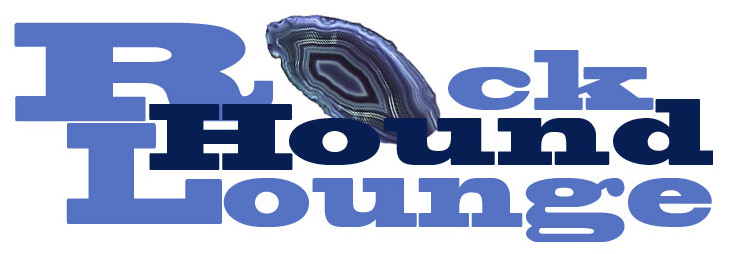 |
|||||||||
|
|
|||||||||
|
 |
|||||||||
|
|
|||||||||
|
|
This field trip was held by MAGMA. It is the best club on the east coast as far as I am concerned. Joe and I arrived at the pyrophyllite mine where collectors seek both pyrite cubes and fluorite. The miners are only concerned with the pyrophyllite. The pyrophyllite is ground down and sold under the trade name PYRAX. PYRAX is then used in ceramics and other industrial products. The weather was cool and damp this day as it sprinkled on and off the entire day. It didn't sprinkle hard enough to soak us through, so in my opinion it was great digging weather. |
|
|
|
|
|
|
|
|
|
|
|
would normally be considered a trash metal to a sophisticated detector, turning a detector on "all metal mode" allows you to detect the pyrite without squelching it out. The dollies allow for a much easier time carrying heavy equipment up and down the rugged terrain of this mine. It can really come in handy if you fill your bucket with a metalic mineral. |
|
|
|
This line of people defined the zone where the pyrite cubes were most present. |
|
|
|
|
|
|
|
Even the vibration of the chisel on the matrix an inch away from the specimen can cause fractures and even break the pyrite specimen in two. The best way to extract them is to move out at least 3 or more inches from the specimen and extract the matrix around it. In this way less vibration and stress is transferred into the specimen. |
|
|
|
|
|
|
|
and pounding are much harder on the hands and wrists. |
|
|
|
|
|
|
|
|
|
|
|
|
|
|
|
to dig out some smaller but well preserved twinned and single cubes. |
|
|
|
|
| Home |
| Back to Adventures page |